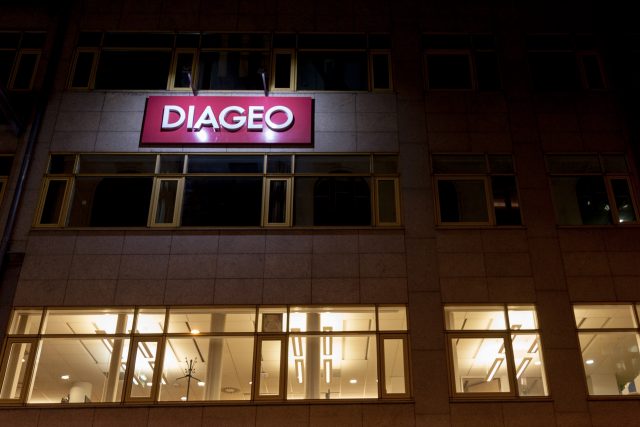This website uses cookies so that we can provide you with the best user experience possible. Cookie information is stored in your browser and performs functions such as recognising you when you return to our website and helping our team to understand which sections of the website you find most interesting and useful.
Diageo undergoes digital supply chain transformation
Diageo is transforming its supply chain by turning to advanced planning tools, according to technology experts.

The drinks giant revealed to technology and logistics experts the challenges the company had recently faced. Speaking about the plans, Diageo’s head of planning and logistics Livia Kandiyoti Konak explained: “Our products vary from whisky that may have been maturing for the last 20 years to beer that is ready to serve within hours of production. Our portfolio is an array of global icons as well as local gems.”
Kandiyoti Konak pointed out: “It takes multiple years to grow agave and to mature the anejo. You have to be able to plan for both the short and strategic long term.”
To assist in its future supply chain and logistics challenges, Diageo identified four strategies to help the firm respond to a volatile landscape and, according to Kandiyoti Konak, the business firstly “worked hand-in-hand with commercial teams and managed decisions across short-, mid- and long-term time horizons” before segmenting its portfolio so that it could stay “focused on the strategic part”. Secondly, its supply chain team worked closely with strategic suppliers and developed alternative sources of supply when required. Thirdly, it brought the logistics network together and “built an ecosystem of ports, carriers and forwarders,” said Kandiyoti Konak before finally investing in digital capabilities across the supply chain to enable it to monitor issues, make predictions and act accordingly.
Kandiyoti Konak indicated that Diageo is now striving for a balance “in sufficiency, efficiency, agility, resilience and sustainability” and has invested in digital tools “all the way from basic visualisation tools, which we call descriptive, to more predictive tools that help us understand the next possible drift, and then playing into the prescriptive space for managing it”.
She insisted: “What’s important is that the data is accessible end-to-end so our customers are well informed [and] our edge is reading the trends in real time and then being very agile in responding and executing with high impact”.
Kandiyoti Konak added: “When you’re growing very fast, making short-term and three-year plans is difficult to do without tools,” but reassured that by “using an advanced planning tool to run scenario plans, we will balance short-term demand, delighting the customers, and the long-term growth of the category that needs mature liquids in a couple of years.”

